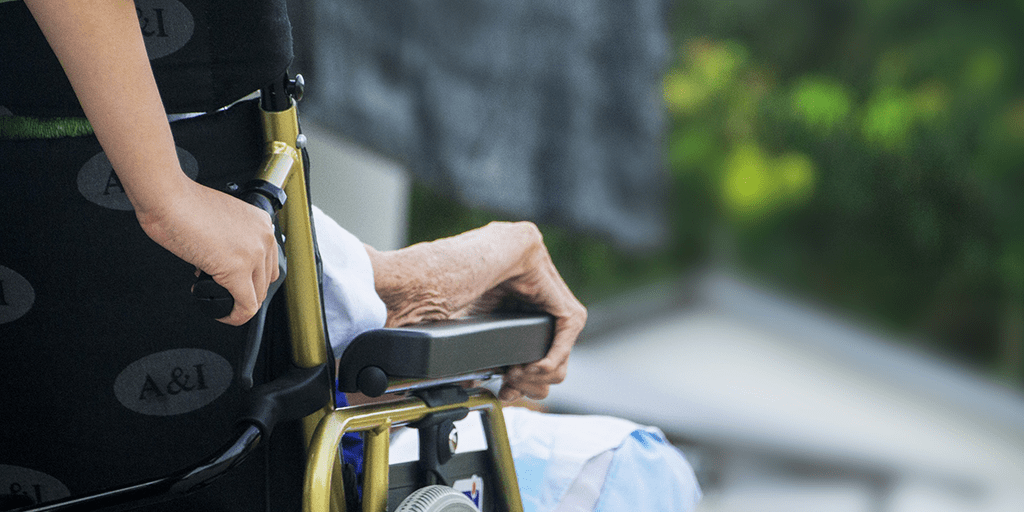What Constitutes as Care Home Neglect?
January 9, 2019

Neglect is very different to care home abuse cases, although it’s easy to confuse the two can. Neglect in care homes is not the same as abuse. Where care home abuse indicates an active intention on the part of the caregiver to cause some form of harm, neglect comes in a variety of different types.
Regardless of what you call it, it is a problem, as surveys show. From substandard care to the breach of duty, neglect can often be as damaging to the health of the patient as active abuse. Care home neglect can result in medical compensation if you show the standard of care causes harm to the patient.
But what constitutes care home neglect?
Care Home Neglect: Common Issues
Although each case of care home neglect is going to be different, there are some key elements that are consistent. These mean that there is a legal foundation for making care home claims for compensation. The issues include:
- Medical neglect: If the care workers are not adequately managing an illness or condition, this is a cause for concern. For example, this is most visible with diabetes management, infection control, failure to help with mobility issues, or even tackling bedsores.
- Failure to meet basic needs: Care homes have a legal obligation to ensure those in their care receive the essential amenities of life. That legal obligation, in short, includes food, water, and a safe, clean environment.
- Hygiene neglect: Patients in care homes may need help with some of the necessities of their day. This can include brushing teeth, bathing, or washing their clothes. If a care home does not provide this primary duty, then this is neglect.
- Emotional neglect: Repetitive ignorance by nursing residence staff can have a very damaging effect on a patient’s positivity and self-respect. This area also includes social neglect, where a patient is kept isolated from other care home residents without reason.
Recognising Neglect When It Happens
One of the problems with noticing elderly negligence signs? In short, the effects and warning signs are often very subtle and easy to miss. Some of the potential issues may have little to no physical effects, making it even more challenging to recognise the warning signs.
For patients with poor access to family and friends, behavioural changes can be very difficult to recognise, especially if there are other medical conditions to take into account. However, the following red flags could be a sign that care home neglect is happening:
- Malnutrition
- Sudden weight loss
- Injuries caused by falls
- Dehydration
- Personality changes such as withdrawing from social occasions
- Changes in appearance or self-care
- Unsafe environments: If the care home is visited and there are slippery floors with no warning signs, ineffective lighting, damaged furniture, or unsafe medical equipment like walkers or wheelchairs, then this can be a sign that other care elements are not being followed.
One of the best ways to ensure that a patient is receiving adequate help in a care home is to visit more regularly. The more often that friends and family visit a patient, the more likely that red flags are identified. Communication is key when visiting a nursing hospital, and that means discussing situations with both the patient and the care home staff. In essence, the more information you have, the more likely that you will notice any signs of negligence.
